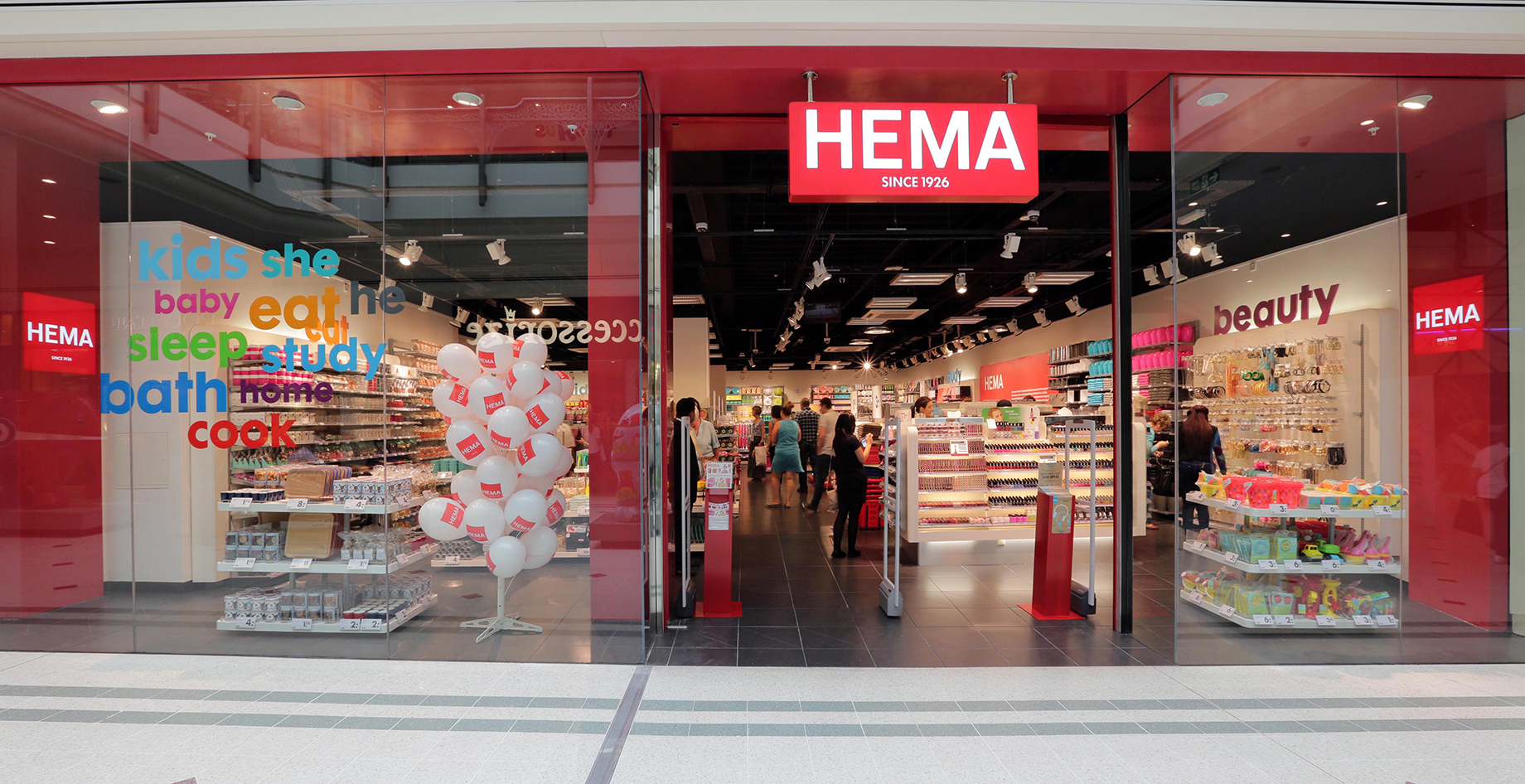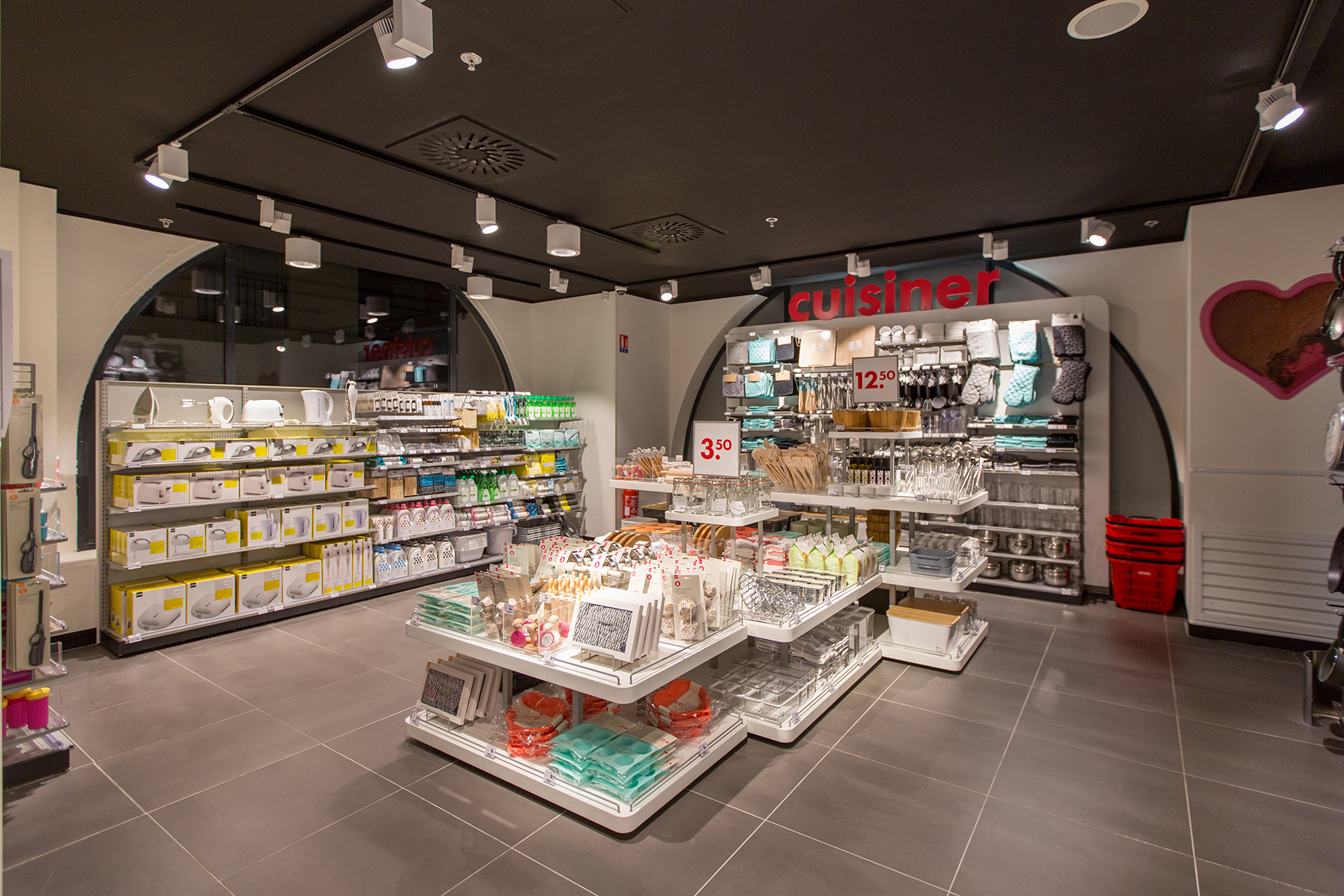Hema may be a supermarket chain in China, but it offers a glimpse of the future of retail everywhere. At any given moment, fleet-footed staff members are zipping through the aisles of Hema’s supermarkets, reading orders off computer printouts and grabbing bottles of olive oil from southern Italy; fresh produce from all over China; cosmetics from Japan or South Korea; or live crustaceans from water tanks. These team members, all wearing light-blue polo shirts, are racing against the clock: When a customer places an order through the Hema smartphone app, sales associates have 30 minutes to complete fulfillment and delivery — as the company guarantees to anyone residing within three kilometers (nearly two miles).

Hema, a subsidiary of Chinese e-commerce giant Alibaba, was established in 2015 by logistics expert Hou Yi with the idea of merging online and offline retail. Shopping at any of the chain’s stores begins with downloading the app, which links up with the user’s Alipay account (an electronic payment service that has been widely adopted in China’s increasingly cashless retail landscape).
Not only does Hema provide an easy, convenient shopping experience, but its prices are hard to beat. Local produce, for example, is often 10 percent cheaper at Hema than at open-air markets. The chain can offer these savings because it uses Alibaba’s existing logistics chain to reach farms directly, thus circumventing middlemen. The services go even further: For a fee, Hema cooks will prepare meals of fresh ingredients selected from the store’s aisles.
It is perhaps no surprise that of the 900-plus employees at Hema’s headquarters, roughly half are software engineers. The chain’s success is rooted in data, data and more data. Traditional supermarkets gather payment information only at the checkout counter. But Hema knows a good deal about a customer even before that customer sets foot inside one of the stores, including phone numbers, products perused on the Hema app, any recent Alipay transfers, the content shared on certain social-media platforms, and even home addresses. All of this helps shape the catalog of goods Hema stocks.
The chain is first and foremost a model of what Alibaba refers to as “new retail”: a concept that blends the brick-and-mortar shopping experience with that of on-demand e-commerce. Though Alibaba dominates China’s online retail scene, the company also recognizes that physical stores cannot be replaced. After all, only some 20 percent of the country’s retail sales take place over the Internet. As of 2017 Alibaba has invested some $8 billion in brick-and-mortar retail infrastructure, and this includes funds for building the 22 Hema stores that were operating by the end of that year. Now Hema operates 52 stores across 13 of China’s biggest cities. Looking to the immediate future, the chain has ambitious plans to open some 2,000 outlets across the country within the next five years.
Hou says the company does not see existing, old-school supermarkets as competitors. Indeed, Alibaba uses Hema to showcase an off-the-shelf system for stores of any size. Already, several small businesses in China have adopted what Alibaba calls its “integrated retail program” as the means to modernize their own operations. The Alibaba program package includes inventory-management software, heat maps that show where customers spend the most time in the store, and digital tools to help access that information on authorized desktop computers and smartphones. This technology removes much of the guesswork from day-to-day business decisions, helping to transform mom-and-pop stores into enterprises that resemble Hema. Program membership costs the business operators about $620 per year, along with a required commitment to purchase a set amount of goods from one of Alibaba’s e-commerce platforms. Already, about 1 million mom-and-pop stores and roughly 100 supermarket-chain stores have joined the program, with some of them citing an almost immediate 45 percent boost in sales volume. Thus, the Alibaba new-retail concept, as exemplified by Hema’s AI-infused, online-to-offline strategy, is taking off in China.

Even JD.com (also called Jingdong, and formerly called 360buy.com), China’s second-largest e-commerce company and Alibaba’s main rival, has emulated the Hema business model — keeping transactions online, but reintroducing a physical-shopping experience in retail. JD launched its own 4,000-square-meter (roughly 43,000 square feet) new-retail supermarket, called 7Fresh, near its Beijing headquarters at the beginning of this year. The store offers free delivery within 30 minutes to customers in a five-kilometer radius. During its trial period, 7Fresh processed upwards of 10,000 transactions per day.
The impact of a Hema store is palpable. Typically, big-box grocery stores make little sense in such sprawling and dense cities as Beijing, Guangzhou, Shanghai and Shenzhen. Hema customer purchases tend to be small but frequent, as shoppers take advantage of the freshness guaranteed in the food for sale. The chain offers one convenience that is notably lacking in most Chinese grocery stores: The waits at checkout are short. By contrast, before Tesco withdrew from China, it was common to see shoppers queue up for 30 minutes or longer, with customer service nearly nonexistent. At Hema, the shopping process is centered around a user’s smartphone and cashless payments, with fleets of personnel handling delivery, cooking up food and guiding new users as needed.
Hema’s success demonstrates that Chinese conglomerates, though perhaps unwieldy and rigid in many cases, can still innovate. And when they do, a familiar industry can be revamped completely.
By Brady Ng
Contributor, Shopping Centers Today


